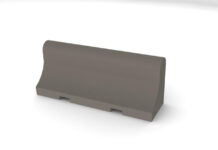Motorcycle helmets are a vital component of your riding gear, and their importance cannot be overstated. They provide substantial protection against accidents and the elements. However, despite all that sturdiness, motorcycle helmets can be quite fragile if you don’t care for them properly.
While many motorcyclists know how to maintain helmets while riding, proper post-ride care and storage are often neglected. This guide will take you through all the dos and don’ts for storing and displaying your motorcycle helmets. Let’s get right to it.
Storing Motorcycle Helmets: Dos and Don’ts
There are several dos to take note of as far as motorcycle helmet maintenance and storage are concerned. However, how long your motorcycle helmets last ultimately depends on their quality. Let’s explore some things you can do to ensure your motorcycle helmets remain in optimal condition.
Clean Before Storing
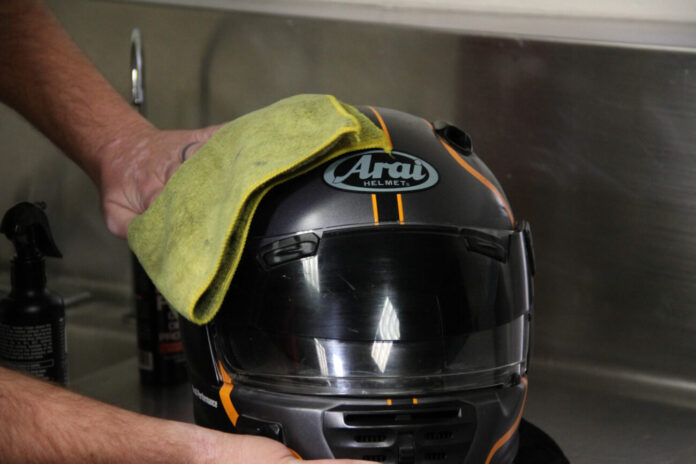
Your motorcycle helmet often accumulates undesirables like dust, bugs, road grime, and sweat as you ride. If you leave these particles on your helmet for too long, they will eventually start degrading its interior padding and other areas. So, after every ride, you must wipe down your helmet.
You’ll need a soft cloth and some detergent or cleaner. However, ensure that whatever detergent or cleaner you use is compatible with motorcycle helmets. Don’t use residential cleaning products to clean your motorcycle helmet.
Store in a Cool, Dry Place
Don’t store your motorcycle helmet where it’s exposed to direct sunlight, heat, or moisture. This is because these factors will eventually cause your helmet construction materials to degrade.
Instead, find a spot away from windows, heaters, and damp areas, but make sure it’s well-ventilated. You should also put your helmet in a helmet bag before stowing it. This will prevent it from scratches and dust accumulation.
Use a Helmet Stand or Hook
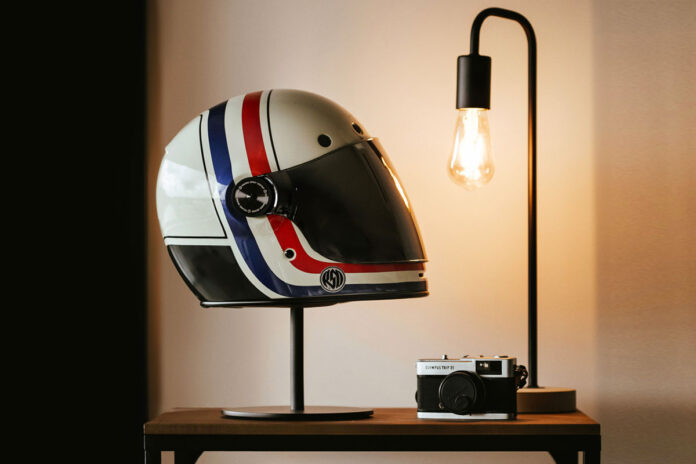
If you store your helmet on a flat surface for an extended period, it will develop flat spots, affecting its structure. Hanging your motorcycle helmet by its chin strap isn’t better, either. This is because, over time, your chin straps will become distorted, and you won’t be able to secure your helmet properly.
So, instead, use a helmet stand or hook to keep your motorcycle helmets safe and in good condition. You should pad the stand or hook before placing your helmet on it to prevent scratches.
Don’t Drop Your Helmets
When you drop your helmet, especially from waist height, the damage on impact with the ground may not be immediately visible. However, it’s there, and it accumulates.
Over time (and with repeated falls), your helmet will weaken and won’t protect you properly. Similarly, avoid placing heavy items on top of your helmet. Ensure the helmet is at the top of any storage pile or, better yet, stored separately.
Don’t Store Near Chemicals
Finally, keep your motorcycle helmets away from chemicals. This includes corrosive chemicals like fuel and even certain cleaning products. These chemical products can degrade your helmet’s materials, especially the EPS lining.
So, when choosing a storage space for your helmets, ensure there are no chemical products around. If you have to store your motorcycle helmet and cleaning products in the same room, ensure they are as far away from each other as possible.
Proper Helmet Bag
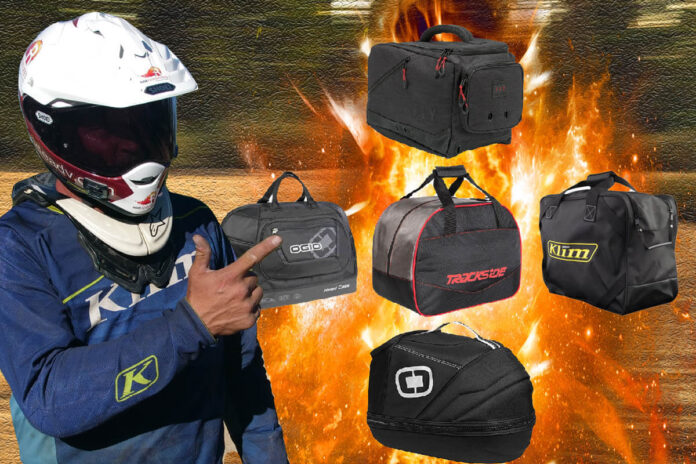
When it comes to preserving the pristine condition of your motorcycle helmet, using a dedicated helmet bag is a wise choice.
These specially designed bags offer an additional layer of protection against dust, dirt, and scratches that can accumulate during storage. Unlike regular bags, which may not provide adequate padding or ventilation, helmet bags are tailored to the unique shape and requirements of motorcycle helmets.
Emphasizing the importance of choosing a bag specifically designed for motorcycle helmets is crucial. Such bags typically feature soft, non-abrasive interiors to prevent scratching the helmet’s visor or exterior. Additionally, they often have ventilation to allow air circulation, helping to maintain a dry and odor-free interior.
Chin Strap Placement
When using a helmet stand or hook for storage, it’s essential to secure the chin strap correctly. Incorrectly fastening the chin strap can exert unnecessary stress on the helmet’s construction, potentially causing damage over time.
Ensure that the chin strap is fastened snugly but not overly tight. It should be just enough to keep the helmet securely in place without distorting its shape. Fastening it too tightly can compress the helmet’s padding, affecting its comfort and fit when you wear it next.
Regular Replacements
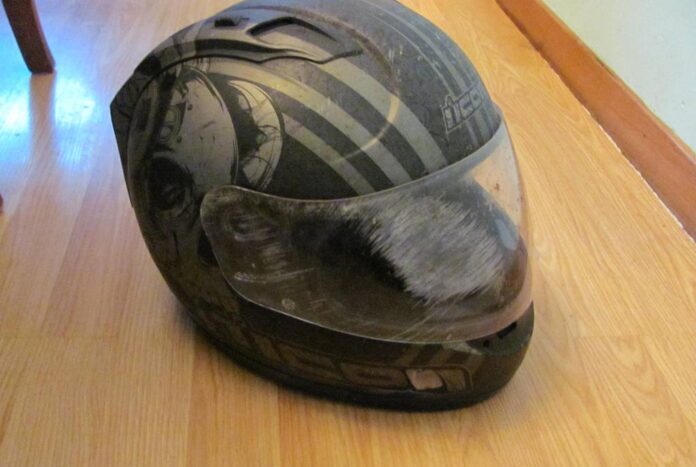
While helmets are built to withstand the rigors of riding, they are not indestructible. Over time, the materials in a helmet can degrade, compromising its protective capabilities. Even if there are no visible signs of damage, it’s essential to remind readers that motorcycle helmets have a limited lifespan.
Encourage readers to follow the manufacturer’s recommendations for helmet replacement. These recommendations are typically based on factors like the helmet’s materials, usage, and exposure to elements. Regular replacements are an investment in your safety, ensuring that your helmet continues to provide optimal protection.
Safety Standards
Briefly discussing the importance of purchasing helmets that meet safety standards and certifications, such as DOT, ECE, or Snell, reinforces the significance of investing in a high-quality helmet from the beginning. These standards ensure that helmets have undergone rigorous testing to meet safety criteria.
Choosing a certified helmet assures riders that it has been designed and manufactured with their safety in mind. Readers should understand that safety standards serve as a benchmark for helmet quality and performance, making it essential to prioritize certified helmets for their protection.
Helmet Fit

Lastly, highlight the critical role of proper helmet fit in both safety and comfort. An ill-fitting helmet can be uncomfortable during rides and, more importantly, less effective in protecting your head during accidents.
Provide guidance on how to measure head size accurately to determine the right helmet fit. Emphasize the importance of trying on helmets before purchase and adjusting the fit as necessary. A well-fitting helmet should sit snugly on the head, covering the forehead without any uncomfortable pressure points.
Conclusion
You can do several other things to keep your motorcycle helmets in optimal condition; however, the tips you now have are more than enough to get you started. Remember, your helmet is just as important as your bike, so you should give it the attention it deserves.


